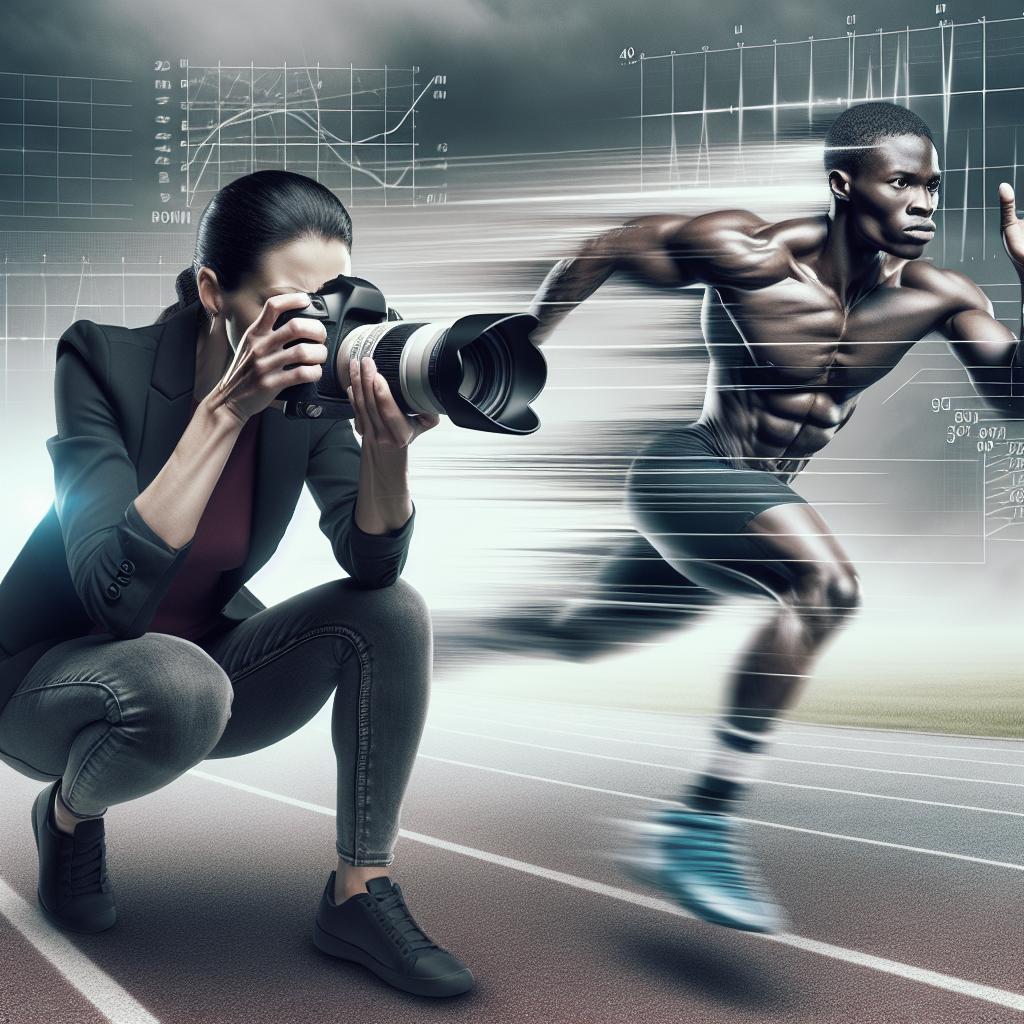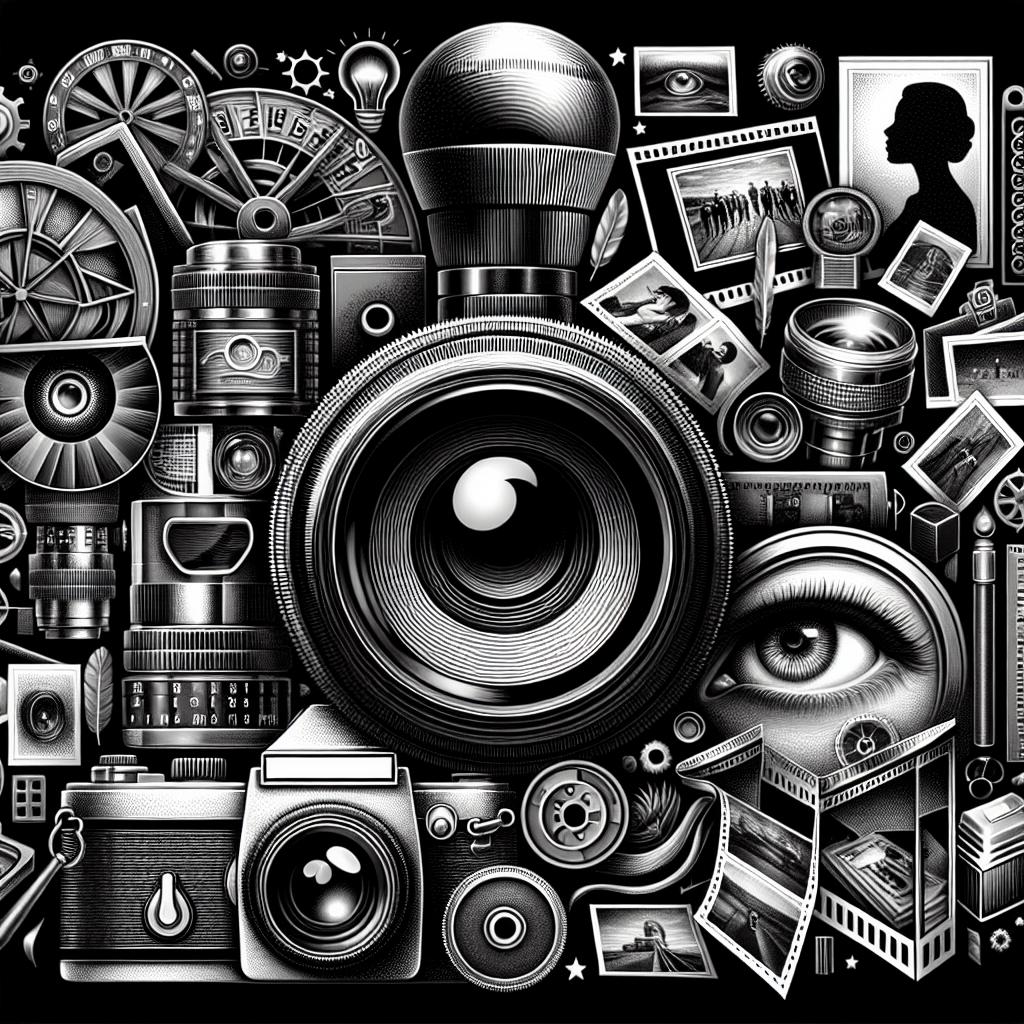“`html
10 Sports Photography Tips for Beginners
Whether you’re capturing a high-speed car race or a thrilling soccer game, action photography can be incredibly exciting but also challenging. The unpredictability and fast pace of sports make it a thrilling field that demands the right skills and equipment. In this blog post, we’ll delve into ten essential tips for budding sports photographers. We will cover everything from mastering shutter speed to the best gear for action photography. If you’re trying to capture that perfect action shot, these tips will help you get there.
Share this:
If you find these tips useful, be sure to share this post with fellow photography enthusiasts. Whether you’re a seasoned photographer or just starting, spreading knowledge helps everyone grow and improve.
Related
Looking for more tips and tutorials? Check out our related articles on nighttime photography, portrait shooting, and landscape photography to continue honing your photography skills.
1. Experiment with Shutter Speed
Action photography is all about capturing motion, which makes your shutter speed settings a critical factor. A fast shutter speed (1/500th of a second or quicker) can freeze moments in time, ensuring sharp and clear images of fast-moving subjects. However, don’t shy away from experimenting with slower shutter speeds for creative blur effects, such as showing the motion of a runner or the wheels of a bike.
To find the best shutter speed, start by considering the type of sports or activities you’re photographing. For example, photographing a sprint race might require a shutter speed around 1/1000th of a second, while other sports with slower movements may allow you to go slower. Adjust your settings accordingly to get the effect you’re looking for.
2. Get Moving!
Gone are the days when photographers remained stationary on the sidelines. To capture the best action shots, you need to be agile and ready to move. Tracking your subject, changing angles, and getting into the heart of the action will provide more dynamic and captivating images.
As you shoot, don’t be afraid to move closer or shift your position to a different part of the field or venue. This will allow you to capture unique perspectives and varying types of action shots, ensuring your portfolio is diverse and engaging.
3. Keeping it Steady
In the fast-moving world of sports, keeping your camera steady is key to avoiding blurry shots. A monopod can be invaluable, offering stability without sacrificing mobility. Unlike a tripod, which can be cumbersome to move, a monopod provides support while allowing you to pivot and follow the action seamlessly.
Another tip is to concentrate on your breathing. Exhale slowly before pressing the shutter to minimize any shaking. Small adjustments like these can dramatically improve the sharpness and clarity of your action shots.
4. Pay Attention to Framing
Framing is crucial for all types of photography, but especially so for sports. Use the rule of thirds to make your shots more compelling, and try to anticipate where your subject will be. This can be done by pre-focusing on a spot where the action is likely to occur.
Pay attention not only to the main subject but also to the background and surroundings. A clutter-free background will make your subject stand out more. Additionally, including elements like the crowd or other players can add depth and context to your shots.
Gear Up for Success
Great Cameras for Action Photography
Choosing the right camera can make a significant difference in your sports photography. Look for cameras that offer a high frame rate, excellent autofocus capabilities, and good low-light performance. Models like the Canon EOS-1D X Mark III or Nikon D6 are top-of-the-line choices. However, mid-range options like the Sony A6600 or Nikon D7500 also offer great features for action photography at a more accessible price point.
When selecting a camera, also consider its build and ergonomics. Action photography often means shooting in various conditions, so a sturdy, weather-sealed camera can be a real asset.
The Best Lenses for Action Photography
Lenses are equally important as camera bodies when it comes to action photography. A versatile zoom lens like a 70-200mm f/2.8 allows you to cover a decent range without compromising on speed and aperture settings. Prime lenses such as the 85mm f/1.8 can also be great for capturing detailed shots with beautiful background bokeh.
It’s also worth considering lenses with built-in image stabilization (IS), which can help offset any minor movements or shakes, ensuring your shots are as crisp and clear as possible. Don’t forget to pair your lenses with high-quality UV filters to protect them from scratches and environmental elements.
Start Working on Your Action Shots Today
What’s Next:
Grab your gear and start experimenting with these tips. Action photography is as much about practice and patience as it is about technical know-how. Don’t be afraid to make mistakes—you often learn the most from shots that didn’t turn out as planned.
Join online forums or local photography groups to get feedback and continue learning. Most importantly, have fun with it! The more passionate you are about capturing those thrilling moments, the better your images will be.
| Tip | Details |
|---|---|
| Experiment with Shutter Speed | Use fast shutter speeds to freeze motion and slower speeds for creative blur effects. |
| Get Moving! | Stay agile and change positions to capture dynamic, engaging shots. |
| Keeping it Steady | Use a monopod for stability without compromising mobility. |
| Pay Attention to Framing | Use the rule of thirds and pre-focus on spots where action is likely to occur. |
| Great Cameras for Action Photography | Opt for cameras with high frame rates, excellent autofocus, and good low-light performance. |
| The Best Lenses for Action Photography | Choose versatile zoom or prime lenses with wide apertures and consider image stabilization. |
“`


